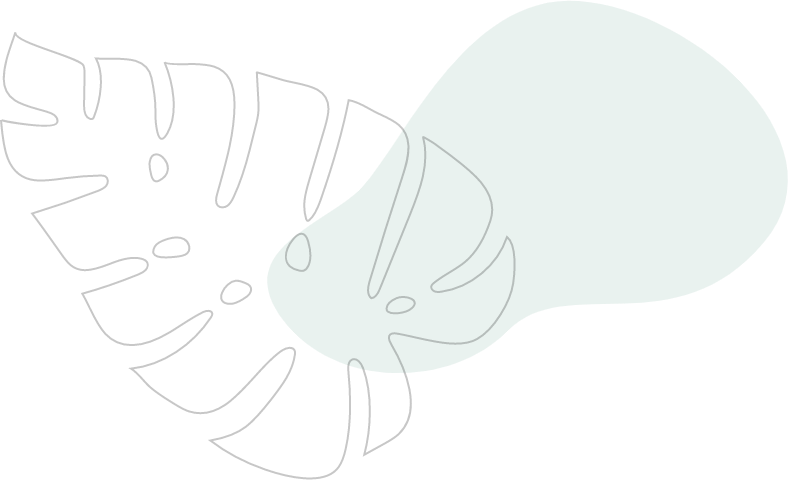

This week’s blog post comes from the archive – a detailed exploration by a former team member. Read on below to find out more about designing for children.
Children are our future and we should be doing all we can to give them the best possible environment to grow. Alongside nutrition and education, a child’s environment also plays an important role in their development. Architects are constantly testing ways to create more child-friendly environments. A few of the predominant theories in child-friendly design are explored below:
Space is the immediate environment surrounding us that we observe with our senses. The quality of a space affects the inhabitants physically and can produce effects psychologically. It is therefore important to make the best choices when designing a space, even more so when it concerns the development of children. The following are some known ways to design better child centric spaces.
Ceiling Height
Children are sensitive to space, just like adults are. The size of furniture, ceiling heights and floor levels can influence how a child behaves in a space. One of the more important things to consider is the ceiling height. The height of a ceiling is shown to have direct relation to cooperation between children. The lower the ceiling, the better the cooperation amongst the children. This is due to the fact that the space is less intimidating and as a result, more comfortable. Places where this detail can be useful are classrooms and playrooms.
Natural light
Another way to improve the quality of a child focused space is the introduction of natural light. While natural light is important to any space, it is an essential part of a child’s concentric spaces. Light and natural elements are a wonder to children as they learn new things about the world they live in. The light brightens the mood and keeps children engaged with their activities. As a result, children that have more exposure to natural light have shown to achieve better performance. This is important in most spaces but particularly in learning environments like classrooms and libraries.
Art Room project for a local primary school
Shape and Form
The shape and layout of a space will also have a strong effect on the way children behave in a space. You can observe this when children instinctively start running upon entering a linear space like a corridor. It is important to plan out the intended energy level of a space to get the preferred response. Radial spaces concentrate movement and attention, and is therefore best utilised in learning environments. Conversely linear spaces direct attention and promotes movement, this can be best utilised in active spaces.
Energy Levels
All children are different, while some choose to race around the play area others may instead prefer to have quiet time to read a book. Their mood also factors in to how they behave on the day. Therefore it is important within a spaces that children occupy to set aside a small segments of space that will allow low-energy activity to take place. Having spaces like this gives the child a place to feel secure and relieve stress. Planning for this space can make for a much better result. Corners can easily be converted into such spaces and be as effective with a little help from thoughtful furniture layout.




